William Cheung
Opportunistic Multi-Modal User Authentication for Health-Tracking IoT Wearables
Oct 09, 2021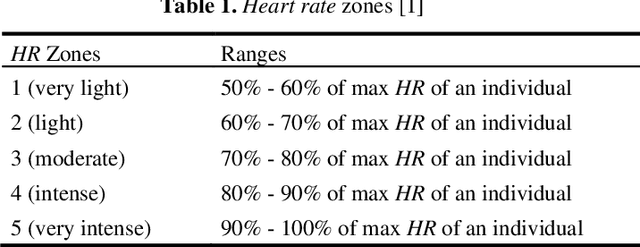
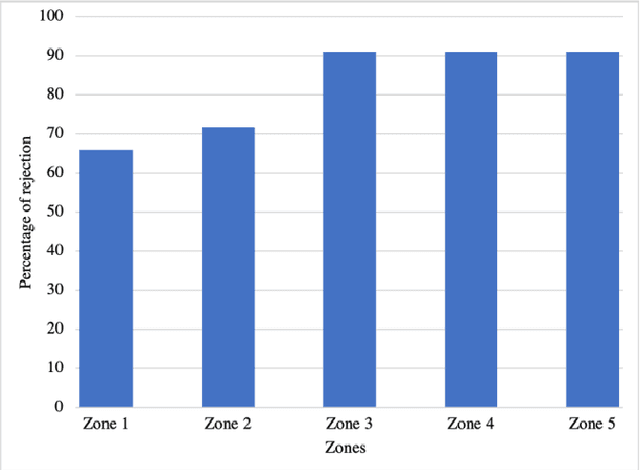
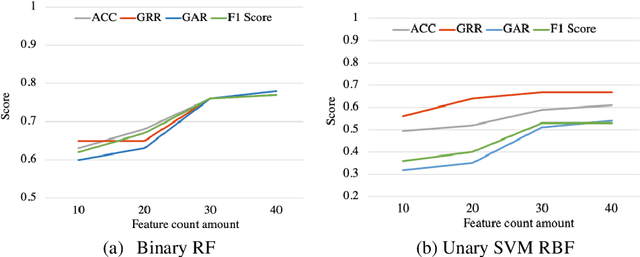
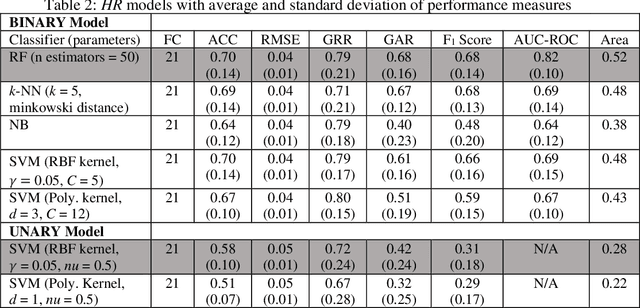
Abstract:With the advancement of technologies, market wearables are becoming increasingly popular with a range of services, including providing access to bank accounts, accessing cars, monitoring patients remotely, among several others. However, often these wearables collect various sensitive personal information of a user with no to limited authentication, e.g., knowledge-based external authentication techniques, such as PINs. While most of these external authentication techniques suffer from multiple limitations, including recall burden, human errors, or biases, researchers have started using various physiological and behavioral data, such as gait and heart rate, collected by the wearables to authenticate a wearable user implicitly with a limited accuracy due to sensing and computing constraints of wearables. In this work, we explore the usefulness of blood oxygen saturation SpO2 values collected from the Oximeter device to distinguish a user from others. From a cohort of 25 subjects, we find that 92% of the cases SpO2 can distinguish pairs of users. From detailed modeling and performance analysis, we observe that while SpO2 alone can obtain an average accuracy of 0.69 and F1 score of 0.69, the addition of heart rate (HR) can improve the average identification accuracy by 15% and F1 score by 13%. These results show promise in using SpO2 along with other biometrics to develop implicit continuous authentications for wearables.
KRADA: Known-region-aware Domain Alignment for Open World Semantic Segmentation
Jun 11, 2021
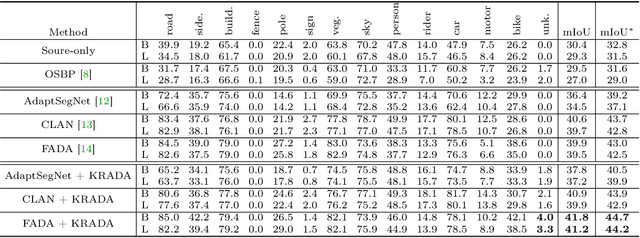

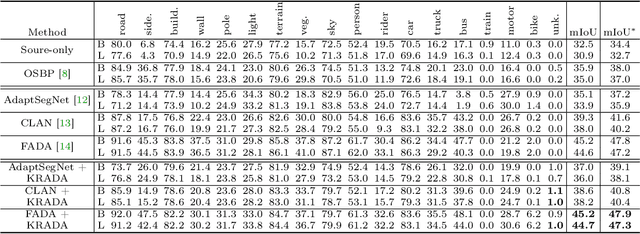
Abstract:In semantic segmentation, we aim to train a pixel-level classifier to assign category labels to all pixels in an image, where labeled training images and unlabeled test images are from the same distribution and share the same label set. However, in an open world, the unlabeled test images probably contain unknown categories and have different distributions from the labeled images. Hence, in this paper, we consider a new, more realistic, and more challenging problem setting where the pixel-level classifier has to be trained with labeled images and unlabeled open-world images -- we name it open world semantic segmentation (OSS). In OSS, the trained classifier is expected to identify unknown-class pixels and classify known-class pixels well. To solve OSS, we first investigate which distribution that unknown-class pixels obey. Then, motivated by the goodness-of-fit test, we use statistical measurements to show how a pixel fits the distribution of an unknown class and select highly-fitted pixels to form the unknown region in each image. Eventually, we propose an end-to-end learning framework, known-region-aware domain alignment (KRADA), to distinguish unknown classes while aligning distributions of known classes in labeled and unlabeled open-world images. The effectiveness of KRADA has been verified on two synthetic tasks and one COVID-19 segmentation task.
Context-Dependent Implicit Authentication for Wearable Device User
Aug 25, 2020



Abstract:As market wearables are becoming popular with a range of services, including making financial transactions, accessing cars, etc. that they provide based on various private information of a user, security of this information is becoming very important. However, users are often flooded with PINs and passwords in this internet of things (IoT) world. Additionally, hard-biometric, such as facial or finger recognition, based authentications are not adaptable for market wearables due to their limited sensing and computation capabilities. Therefore, it is a time demand to develop a burden-free implicit authentication mechanism for wearables using the less-informative soft-biometric data that are easily obtainable from the market wearables. In this work, we present a context-dependent soft-biometric-based wearable authentication system utilizing the heart rate, gait, and breathing audio signals. From our detailed analysis, we find that a binary support vector machine (SVM) with radial basis function (RBF) kernel can achieve an average accuracy of $0.94 \pm 0.07$, $F_1$ score of $0.93 \pm 0.08$, an equal error rate (EER) of about $0.06$ at a lower confidence threshold of 0.52, which shows the promise of this work.
Continuous Authentication of Wearable Device Users from Heart Rate, Gait, and Breathing Data
Aug 25, 2020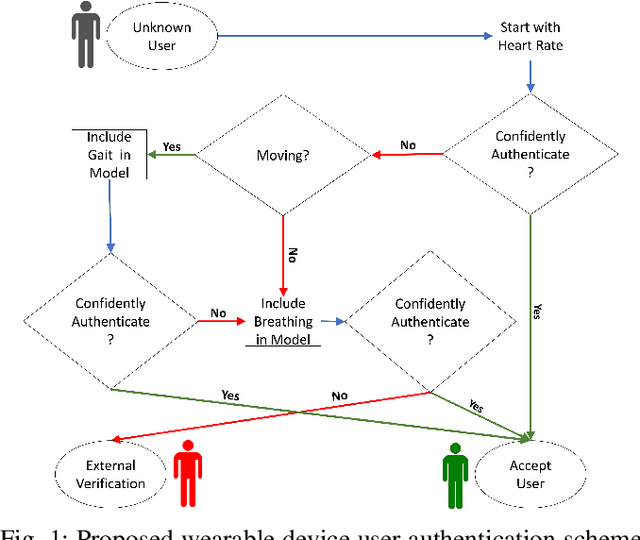

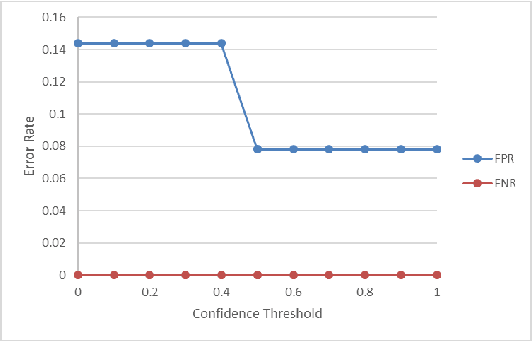

Abstract:The security of private information is becoming the bedrock of an increasingly digitized society. While the users are flooded with passwords and PINs, these gold-standard explicit authentications are becoming less popular and valuable. Recent biometric-based authentication methods, such as facial or finger recognition, are getting popular due to their higher accuracy. However, these hard-biometric-based systems require dedicated devices with powerful sensors and authentication models, which are often limited to most of the market wearables. Still, market wearables are collecting various private information of a user and are becoming an integral part of life: accessing cars, bank accounts, etc. Therefore, time demands a burden-free implicit authentication mechanism for wearables using the less-informative soft-biometric data that are easily obtainable from modern market wearables. In this work, we present a context-dependent soft-biometric-based authentication system for wearables devices using heart rate, gait, and breathing audio signals. From our detailed analysis using the "leave-one-out" validation, we find that a lighter $k$-Nearest Neighbor ($k$-NN) model with $k = 2$ can obtain an average accuracy of $0.93 \pm 0.06$, $F_1$ score $0.93 \pm 0.03$, and {\em false positive rate} (FPR) below $0.08$ at 50\% level of confidence, which shows the promise of this work.
 Add to Chrome
Add to Chrome Add to Firefox
Add to Firefox Add to Edge
Add to Edge